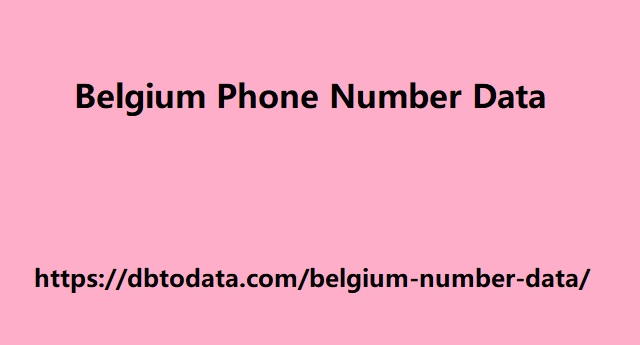|
|
Formulate a hypothesis to clarify the purpose of making the changes ). Replace old pages with updated designs Create a new page heatmap Compare the heatmap before and after the change to confirm that you are getting the desired results. If the desired results are achieved, adopt the new design. In practice, this method has some limitations. The first is the optimization of micro-conversions (a measure of user engagement), which is assumed to contribute to improving the macro-level (in other words, sales). This doesn't necessarily work . It also compares page performance over different time periods. Therefore, it may be affected by timing factors or other marketing activities. For pages with low traffic, it may take several months to determine whether the changes that made course summaries more quickly discoverable helped increase conversions. Of course, they must have chosen this method out of necessity. However, test results should be reported with caution, and large changes should be tested rather than small adjustments so that differences in user behavior become apparent.
Traffic and time considerations The map test is not a test that everyone can perform. If your target page gets 2,000 visitors per month, it might take about 30 days to get 2,000 page views. This is about the same amount of time as a regular A/B test . However, not all page views can be measured (e.g. if the Belgium Phone Number Data user disagrees with the privacy policy). Therefore, you should be able to see how many data points are generated each day and estimate the actual end date. Four. Leverage eye tracking instead of actual visitor data If your target page has low traffic and heatmaps can take months to generate, a feedback tool that leverages eye-tracking technology may be the best choice.

While regular heatmaps are based on information from real visitors, eye tracking can take advantage of artificial neural networks supported by machine learning algorithms. Create attention maps and click maps in seconds instead of waiting weeks. Its accuracy is up to 85% compared to actual visitor data . The downside is that you can't create scroll maps. Therefore, it is only available for testing on a single screen, such as a hero section, short landing page, or app screen.
|
|